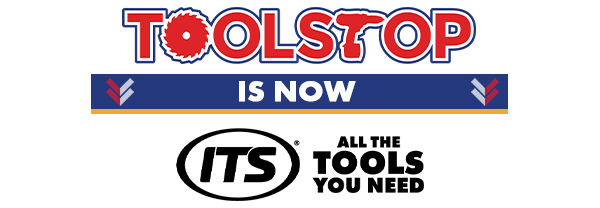Jigsaw Blades
Our range of jigsaw blades covers every material, from timber and laminate to steel and plastic. Whether you’re doing fine curved cuts or fast rip cuts, we’ve got T-shank and U-shank blades compatible with top jigsaw brands — all available with next day delivery.
What Are Jigsaw Blades Used For?
These blades are ideal for tight radius cuts, plunge work and shaping in:
- Wood & Ply – Clean crosscuts and curve shaping in sheet material
- Metal – Cut aluminium, mild steel and pipe with fine tooth blades
- Laminates & Worktops – Chip-free blades for delicate surface finishes
- Plastic & PVC – Use medium tooth blades to avoid melting and snag
Used By:
- Kitchen fitters and carpenters
- General builders and shopfitters
- DIYers working on shelving, panels or flooring
Choosing the Right Jigsaw Blade
Match tooth pitch, blade type and shank style to your task:
1. Shank Type
T-shank blades fit most modern jigsaws. U-shank may be needed for older models — check your tool.
2. Teeth Per Inch (TPI)
Lower TPI = faster, rougher cut. Higher TPI = smoother finish on harder materials.
3. Material Compatibility
HCS for wood, BIM for mixed use, and HSS for metal. Look for multi-material blades for flexibility.
Jigsaw Blade FAQs
What’s the difference between T-shank and U-shank?
T-shank blades are most common and fit quick-release jigsaws. U-shank blades are less common and used on older tools needing a screw clamp.
Can I cut metal with a jigsaw?
Yes — use HSS or BIM blades with fine teeth (18+ TPI). Go slow and add lubrication for clean metal cuts.
What TPI do I need for wood?
6–10 TPI for fast cuts in softwood. 12–20 TPI for fine finish work in hardwood, MDF or ply.
Are all jigsaw blades the same length?
No — standard length is 75–100mm. Long-reach blades (up to 150mm) help with deep material or stacked boards.



